Discoveries
-
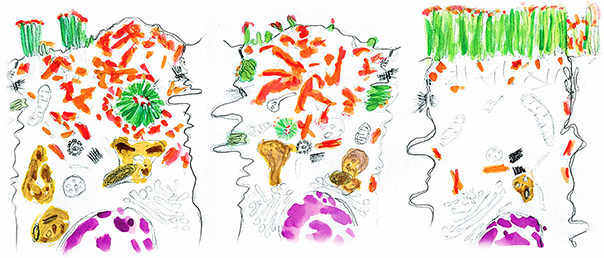
Help! Microvilli trapped inside cells!
By Colbie Chinowsky Drawing of two enterocytes representing Microvillus Inclusion Disease (left and center) and a healthy enterocyte with its microvilli on its apical side. Adapted with permission from Vogel, GF, Janecke, AR, Krainer, IM, Gutleben, K, Witting, B, Mitton, SG, Mansour, S, Ballauff, A, Roland, JT, Engevik, AC, Cutz,… Read MoreOct. 28, 2019
-

Ironing out our understanding of staph infections
By Coleman Harris Caption: “Scanning electron micrograph of S. aureus bacteria escaping destruction by human white blood cells” by NIAID licensed under CC BY 2.0. Staphylococcus aureus (S. aureus) is a pathogen that often causes the typical “staph infections” that form abscesses or boils. The pathogen maximizes its ability to… Read MoreOct. 24, 2019
-

Special delivery by nanoparticle nasal spray offers improved vaccination route
By Amanda N. Johnson Reprinted with permission from ACS Nano2019, 13, 10, 10939-10960. Copyright 2019 American Chemical Society. A recent study reported in ACS Nano adds vaccination to the list of human activities where the means to an end are just as important as the end itself. Read MoreOct. 24, 2019
-
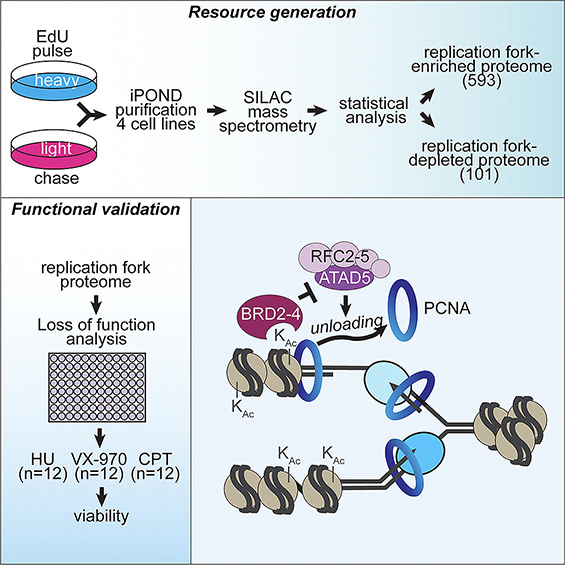
Replicating DNA is a crowded affair
By Lorena Infante Lara DNA replication is an intensely complicated process that relies on the actions and interactions of many, many proteins. At least 593, to be precise. Using iPOND (isolation of proteins on nascent DNA), a tool that was first developed in his lab, David… Read MoreOct. 9, 2019
-
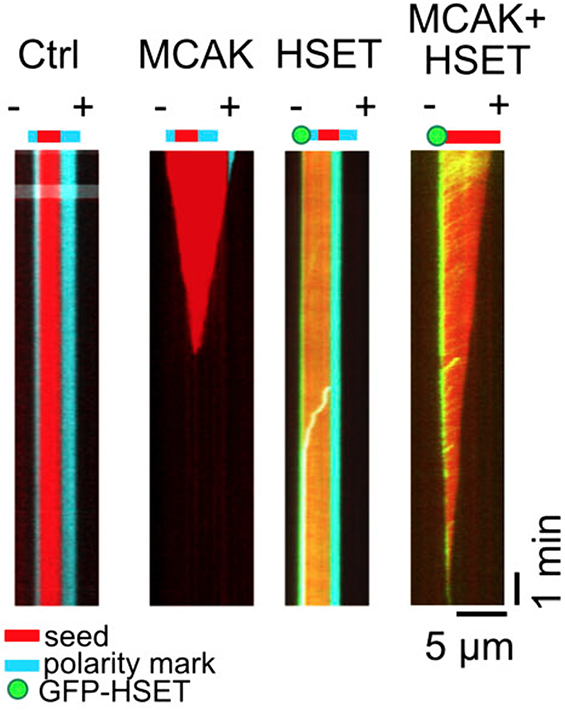
The Slow Road to Avoid Catastrophe
Figure reproduced under an Attribution-Noncommercial-Share Alike-No Mirror Sites License from C. Strothman, et al., (2019) J. Cell Biol., Published online August 16, DOI: 10.1083/jcb.201905019. Copyright 2019, C. Strothman, et al. Microtubules – protein polymers consisting of heterodimers of α- and β-tubulin – play a critical role in cell division, morphology,… Read MoreAug. 26, 2019
-

To fully mature, they’ve gotta move (out)
By Lorena Infante Lara Densely packed microvilli (dark circles) naturally arrange into overlapping hexagons (red). Image of microvilli cross-sections courtesy of Matt Tyska. Modified with permission. New technologies allow us to look at old knowledge with fresh eyes. Scientists have known about microvilli for a long time. Electron microscopy showed… Read MoreAug. 14, 2019
-
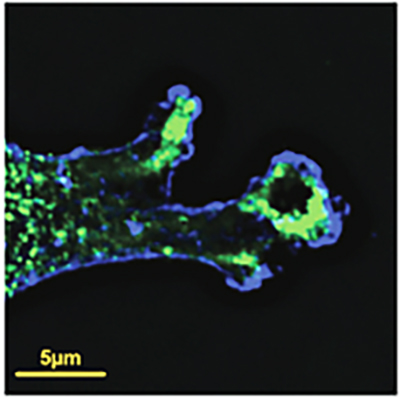
Controlling WNT Signaling Through DVL2
Figure reproduced under the CC BY-NC-ND license from C. P. Nielsen, et al., Cell Rep., 28, 1074. The WNT family of signaling proteins plays an important role in the regulation of cell proliferation, differentiation, motility, and migration via multiple pathways that are frequently dysregulated in cancer. The well-known canonical WNT… Read MoreAug. 5, 2019
-

The β cell’s path to success: Balancing insulin production and storage
By Deborah Roby Irina Kaverina. The Cell and Developmental Biology labs of Irina Kaverina and collaborators Guoqiang Gu and Chris Wright recently published work in Current Biology that presents a newly discovered means by which the pancreas maintains glucose homeostasis. This work illuminates the crucial steps pancreatic β cells take to… Read MoreJul. 31, 2019
-
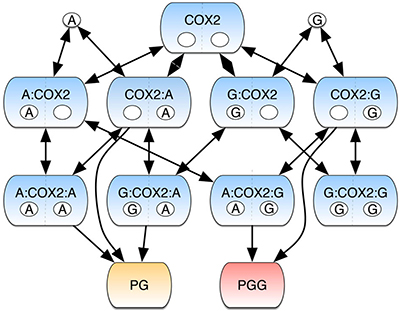
Exploring Allostery as a Signaling System
Figure reproduced under the CC BY 4.0 license from E. M. Shockley, et al. (2019) NPJ Syst. Biol. Appl. 5, 23. Multi-input/multi-output (MIMO) signaling systems, defined as networks that coordinate numerous inputs (e.g., enzyme substrates, receptor ligands, allosteric modulators) to yield multiple outputs (e.g., products, secondary signaling molecules, etc.)… Read MoreJul. 25, 2019
-
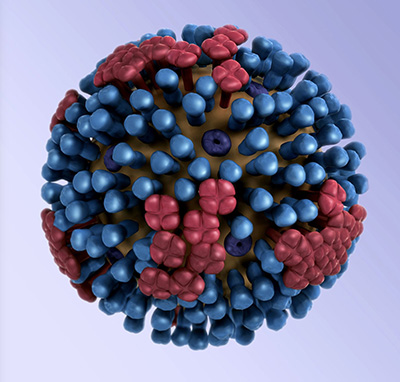
This is why we can’t have nice things: How influenza impairs the host defense
By Deborah Roby The influenza virus prevents its own destruction and causes virulence by a newly discovered method. The non-structural protein 1 (NS1) of the influenza A virus allows disease proliferation by binding a protein that activates the host’s immune reaction. The lab of Yi Ren, in collaboration with researchers… Read MoreJul. 11, 2019